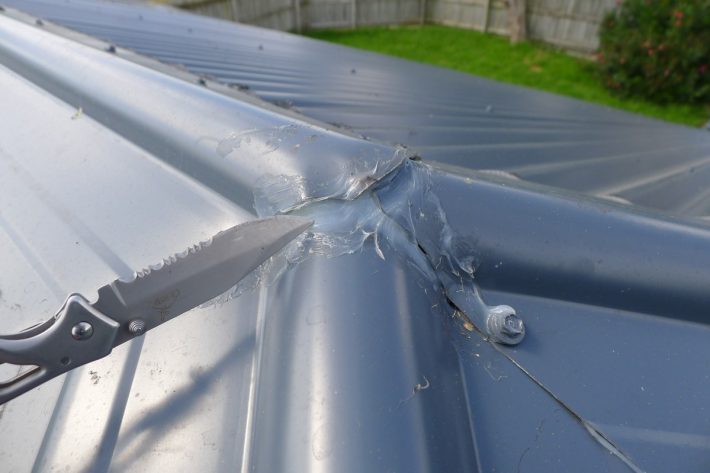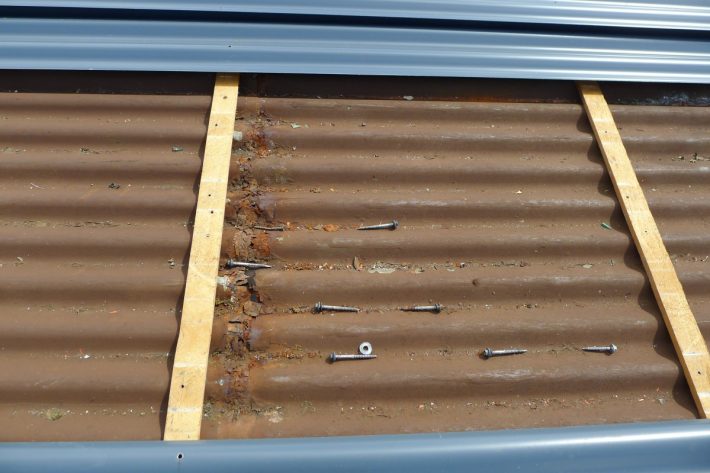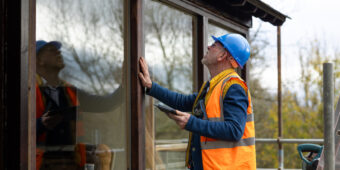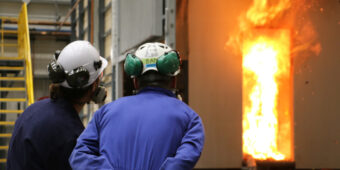Know your stuff – Exempt Building Work Part 3
16 Nov 2017, Building and housing, LBP & Regulation, Prove Your Know How

Parts 1 and 2 of this MBIE series covered off several examples of exempt building work and some of the measurable exemptions. This part, the third and final in the Codewords series, will look at exemption 1.
Exemption 1 can be challenging for builders to navigate, because it often comes down to interpretation as opposed to an exact measurement.
As a brief recap from our previous articles, all building work requires a building consent, except for work covered by Schedule 1 of the Building Act 2004. MBIE has issued guidance on Schedule 1 with helpful and practical examples, which can be found under ‘Schedule 1 Guidance’ on www.building.govt.nz.
To avoid having to pay fines from councils or penalties from the Building Practitioners Board (the Board), it’s important to check whether you need a building consent before commencing any work by reading the guidance and contacting your local building consent authority (BCA).
The Board has considered a number of complaints that relate to work undertaken using Schedule 1 and has offered up the following advice:
Licensed Building Practitioners (LBPs) have to be cautious when making enquiries as to whether a building consent is required or not. It is recommended that, if they plan to rely on advice given by a BCA representative, LBPs should:
- Disclose the full extent of the building work to be undertaken.
- Seek to obtain the advice in writing so that they have a means of verifying it or, if written advice cannot be obtained, that they make a contemporaneous record of the enquiry and verbal response received.
- If in doubt, seek professional advice as well from an engineer or similarly qualified person.
Exemption 1 – general repair, maintenance and replacement
Exemption 1 allows you to repair, maintain or replace building elements without needing to obtain a building consent provided a series of conditions is met. You cannot use this exemption on work that is sanitary plumbing work as this is covered by exemptions 32–38.
Condition 1
The repair and maintenance of any element incorporated in or associated with a building is exempt building work provided that comparable materials are used. This covers general repair and maintenance but does not cover repair or replacement of an element that has failed its durability requirement under the Building Code. This may include a failure to comply with the external moisture requirements of the Building Code (such as in a leaky building).
At a very high level, the Building Code Clause B2 durability requirements are:
- Easy to access and replace elements such as coatings (paint) and light fittings must last a minimum of five years.
- Moderately difficult to access and replace elements such as interior wall linings, claddings or windows must last a minimum of 15 years.
- Difficult to access and replace elements, or critical components of a building, such as structural wall framing or foundations must last a minimum of 50 years.
The Building Code Clause B2 Durability document, which can be found on the www.building.govt.nz website, has further information.
Condition 2
Replacement of any element incorporated in or associated with a building is exempt building work, provided that a comparable element is used and the replacement is in the same position.
This is commonly referred to as a ‘like-for-like’ replacement, but this is not technically correct. You are able to use a comparable element (not necessarily the same type of element) provided it is in the same position.
Some older products might meet the ‘comparable’ test, but may not comply with the current Building Code. For example, you would not replace asbestos cladding with asbestos cladding, as you would breach Clause F2 Hazardous Building Materials.
The modern-day substitute is fibre-cement based sheet. If you are in any doubt, a useful test is provided in Verification Method B2/AS1. The assessment of comparability is about the level of performance for a product or element.
You cannot use this exemption if you are replacing an element contributing to the structural behaviour or fire safety properties, or most or all of a specified system (such as emergency lighting). You are also not able to use this exemption for replacement work that has failed its durability test as discussed above.
What does this actually mean?
This means that you can do a lot of repair, replacement or maintenance work without needing to obtain a building consent. It is a judgement call sometimes on whether your material is comparable, or whether the element you are replacing has failed its durability requirements under the Building Code. You’ll need to do some thinking before you use this exemption.
If you have any questions about using this exemption onsite – because it can be a little tough to come to a clear decision – we recommend that you either seek an ‘exemption 2’ from the council or you apply for a building consent rather than risk it. You can also check out the helpful examples in MBIE’s guidance document.
Real world learnings
It is important to remember that even if work doesn’t require a building consent, it still needs to be compliant with the Building Code. A good example is a roof replacement that was recently brought to MBIE’s attention. In this instance, the roofer in question elected to re-roof over an existing roof cladding. He did not obtain a building consent because he decided that Exemption 1 in Schedule 1 applied. This was not an issue.
However, he did not do a Building Code compliant or quality job, so the building work failed to meet the performance requirements of the Building Code. As a result, the LBP was disciplined by the Building Practitioners Board and had his licence cancelled – not because he used Exemption 1 of Schedule 1 when he shouldn’t have, but because the work was not up to standard.
This article first appeared in Codewords – Issue 80

Roof detailing: poor finishing of flashings and excessive and inappropriate use of sealant

Reroof: fixing over existing cladding with thin timber battens and inadequate fixings
Register to earn LBP Points Sign in
3 Comments
Leave a Reply
You must be logged in to post a comment.




Exempt building works
Well Done
check it out